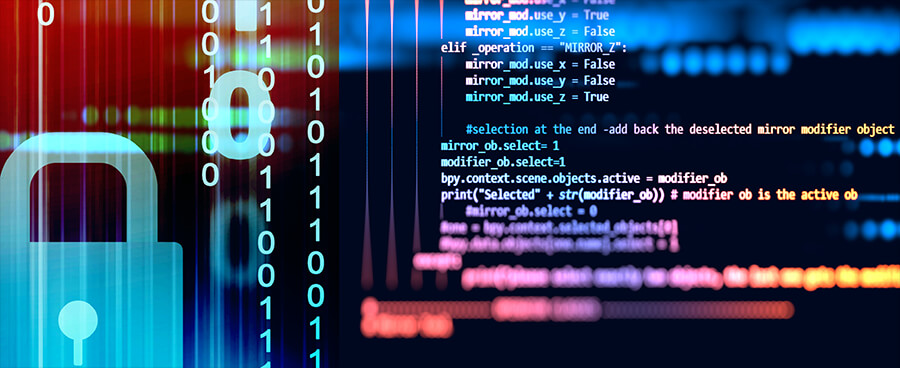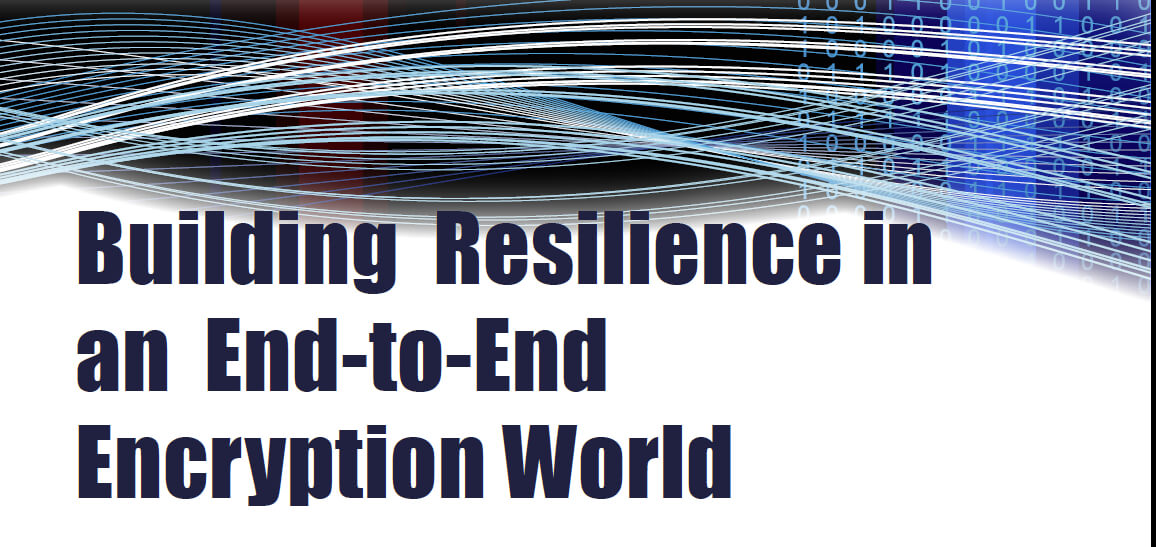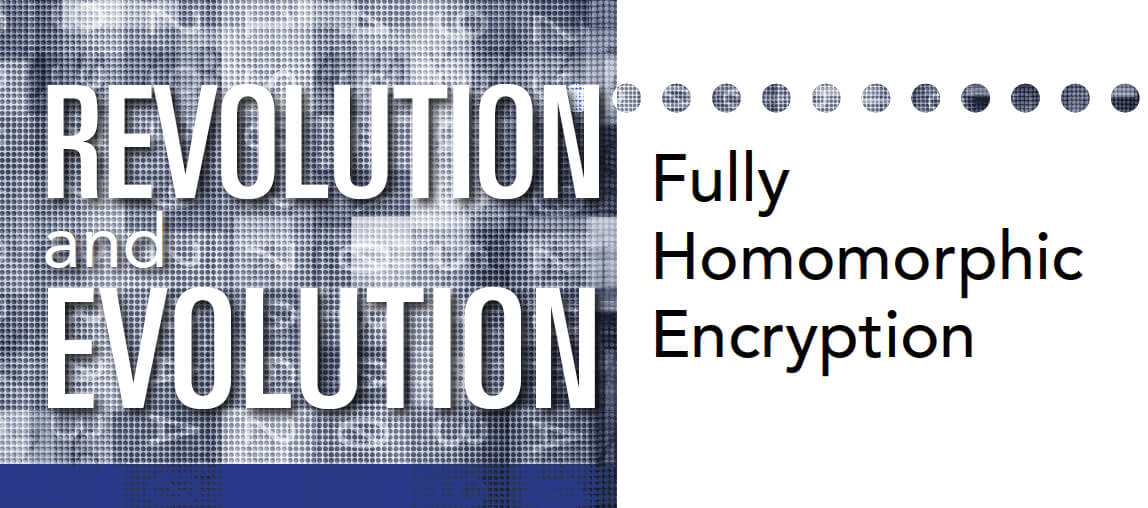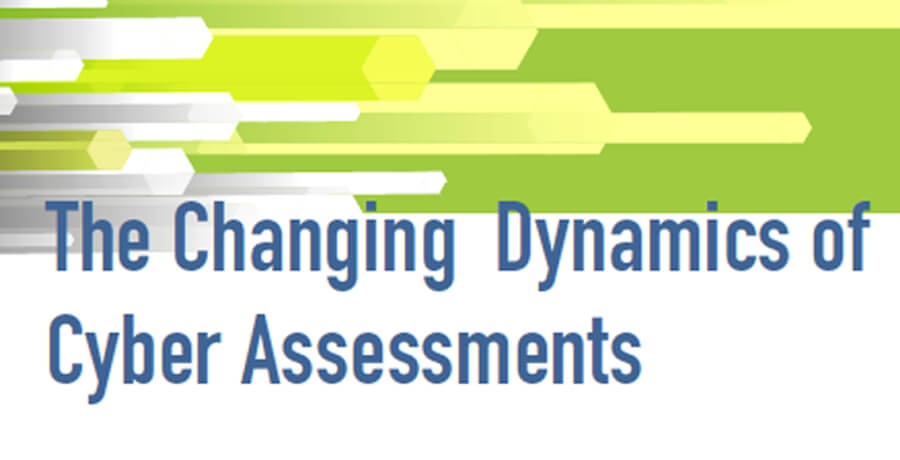Engineering and Vulnerability Management
Web Application Security: Integration or Extinction
Author(s):
Helen Korobko, Vice President of Technology Solutions, Svitla Systems
Web applications have become a primary vulnerability for modern business Today, almost every enterprise produces, leverages, transacts business or depends upon web or Cloud enabled software. As a result, web applications have become the number one target for malicious attacks. According to Gartner, 80% of attacks target web applications.1 Often, these attacks exploited easily mitigated … Read more











